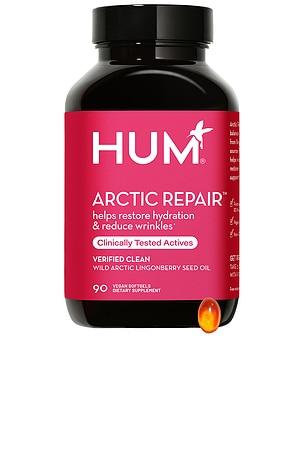In today’s health-conscious world, more people are turning to supplements to support their well-being. However, with countless options on the market, it can be challenging to know which products are truly clean and organic.Choosing supplements that align with your health goals—and are free from harmful additives—requires a bit of research and awareness. In this article, we’ll explore practical tips to help you confidently select clean and organic supplements, ensuring you nourish your body safely and effectively.
Table of Contents
- Understanding Labels and Certifications for Organic Supplements
- Key Ingredients to Look for in Clean Supplement Options
- Avoiding Common Additives and contaminants in Supplements
- Tips for Verifying the Source and Manufacturing Practices
- Final Thoughts
Understanding Labels and Certifications for Organic Supplements
When navigating the world of organic supplements, understanding the various labels and certifications can be your best tool for making informed choices. These marks indicate that the product has met rigorous standards related to ingredient sourcing, manufacturing processes, and environmental impact. Certifications such as USDA organic,Non-GMO Project Verified,and Certified Vegan are common badges that ensure the supplement is free from synthetic additives,genetically modified organisms,and animal-derived ingredients respectively. Familiarizing yourself with these labels empowers you to identify trustworthy brands committed to transparency and quality.
Before purchasing, consider looking for the following key indicators to guarantee the purity and integrity of your supplements:
- Third-Party Testing: Self-reliant labs verify potency and safety, confirming label claims.
- Organic Certification Seals: These reflect compliance with strict organic farming and processing standards.
- Clear Ingredient Lists: Transparency in what the supplement contains, with no hidden fillers or artificial substances.
- Sustainability Labels: Marks that emphasize eco-amiable sourcing and packaging practices.
Key Ingredients to Look for in Clean Supplement Options
When navigating the world of clean supplements, focusing on the purity and potency of ingredients is essential for making informed choices. Prioritize supplements that contain organic, non-GMO herbs and botanicals, as these are cultivated without synthetic pesticides or fertilizers, ensuring a cleaner intake. In addition, look for whole-food concentrates rather than isolated extracts, which offer a spectrum of nutrients working synergistically, mimicking the benefits found in nature.Transparency in sourcing also matters; brands that clearly list the origins of their ingredients demonstrate a commitment to quality and sustainability.
Equally crucial is the absence of undesirable additives that can undermine the integrity of supplements. Choose products labeled free from artificial preservatives, fillers, binders, and synthetic dyes. instead, clean options often use natural stabilizers such as rice flour or plant-based capsules like cellulose or pullulan. Another key factor is the inclusion of traceable minerals and bioavailable forms of vitamins — these optimize absorption and efficacy. By paying attention to these subtle but critical details, consumers can confidently select supplements that align with both their health goals and ethical values.
Avoiding Common Additives and Contaminants in Supplements
When selecting supplements, vigilance is key to steering clear of unwanted additives and contaminants that can compromise both effectiveness and safety. many popular supplements often contain fillers like magnesium stearate, artificial colors, preservatives, or even allergens such as gluten and soy. These substances, while sometimes used to improve shelf life or appearance, may cause adverse reactions or dilute the potency of the active ingredients. To ensure purity, always check the ingredient list for any suspicious or needless components, and opt for products labeled as free from common allergens or artificial additives.
Contamination is another hidden risk that can occur during manufacturing, posing serious health concerns. Heavy metals (like lead, arsenic, and mercury), pesticides, and microbial contaminants can inadvertently make their way into supplements, especially those sourced from poorly regulated suppliers. Trusted brands invest in rigorous third-party testing and certifications such as USP, NSF, or the Non-GMO Project to guarantee that their products meet stringent purity standards. Incorporating these certifications as part of your buying criteria can dramatically reduce exposure to harmful contaminants and give you peace of mind that what you’re ingesting is truly clean and organic.
- Look for supplements with transparent labeling and full ingredient disclosure.
- Prioritize products with third-party testing certifications.
- Avoid supplements containing artificial dyes, preservatives, or unnecessary fillers.
- Choose reputable brands that source ingredients sustainably and ethically.
Tips for Verifying the Source and Manufacturing Practices
Final Thoughts
choosing clean and organic supplements with confidence doesn’t have to be overwhelming. By doing your research, understanding ingredient labels, and prioritizing transparency from brands, you can make informed decisions that support your health and wellness goals.Remember, the best supplements are those that align with your values and needs, so take your time, ask questions, and trust your gut. Here’s to feeling your best—naturally.

